
how use input impedance circuits and transmission lines
What is Input Impedance and Why is it Important? Input impedance refers to the effective resistance and reactance that a circuit presents to a signal[…]
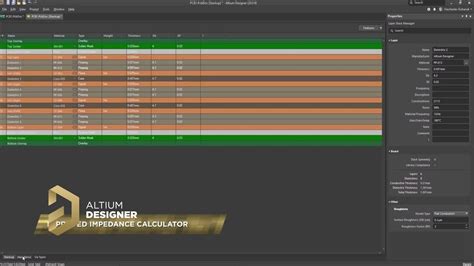
differential line impedance calculator
What is Differential Line Impedance? Differential line impedance, also known as characteristic impedance or surge impedance, is a crucial parameter in the design and analysis[…]

rc atomic clocks all clock sources
What are Atomic Clocks? An atomic clock is a clock that uses the frequency of an atomic transition to keep time. Atomic clocks are the[…]
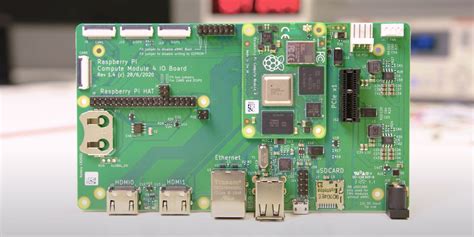
raspberry pi enters world microcontrollers
Introduction to Raspberry Pi and Microcontrollers The Raspberry Pi has revolutionized the world of single-board computers since its introduction in 2012. This credit card-sized computer[…]
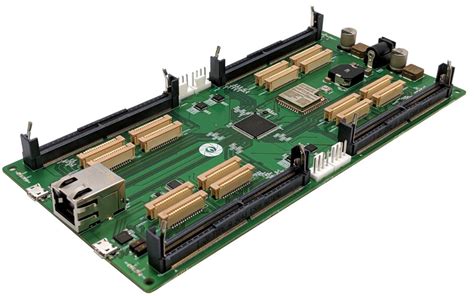
raspberry pi cm4 carrier boards gumstix
Introduction to Raspberry Pi CM4 and Gumstix Carrier Boards The Raspberry Pi Compute Module 4 (CM4) has revolutionized the world of embedded computing, offering a[…]
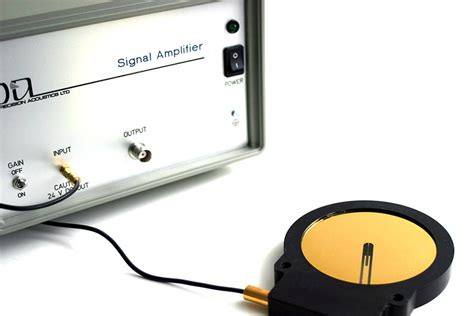
raise volume how design signal amplification device
Introduction to Signal Amplifiers A signal amplifier is an electronic device that increases the power, voltage, or current of a signal. It is an essential[…]

radio frequency interference analysis
Understanding Radio Frequency Interference What is RFI? RFI is defined as any unwanted signal that interferes with the reception of the desired signal in a[…]
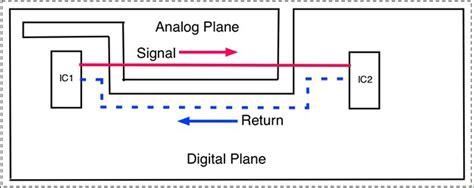
radiated emi sources in high speed high frequency pcbs
Introduction to EMI in PCBs Electromagnetic interference (EMI) is a critical concern when designing and manufacturing high-speed, high-frequency printed circuit boards (PCBs). EMI can cause[…]

race hire embedded software engineers automotive industry
The Importance of Embedded Software Engineers in the Automotive Industry Embedded software engineers are essential to the development of modern vehicles, as they design, develop,[…]

quit bouncing around news
What is News-Hopping? News-hopping refers to the practice of quickly jumping from one news story to another without fully engaging with or understanding the content.[…]